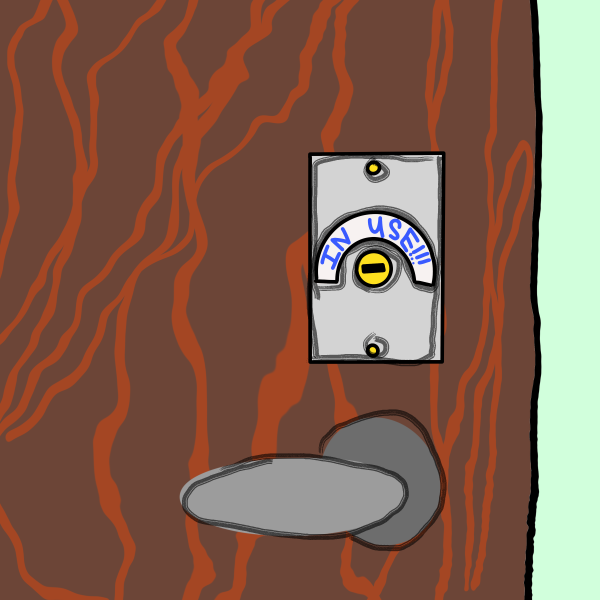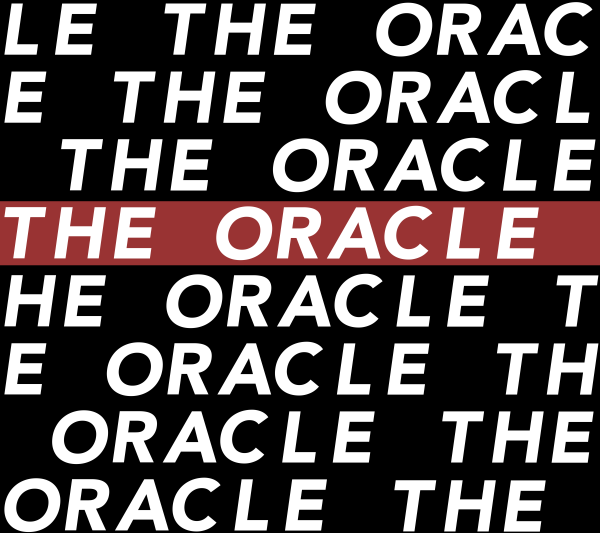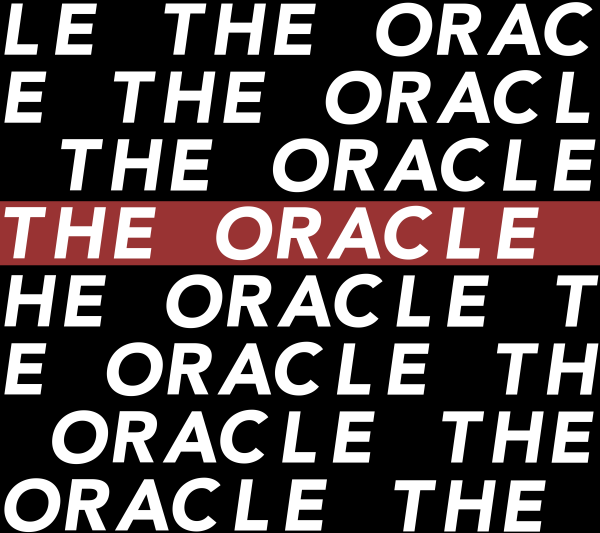How the Alt-Right functions and draws others in
Both an act of hate and an effort to grow its base, anonymous members of the Alt-Right use ‘Punish a Muslim Day’ to continue its preferred narrative.
Last year a number of letters, posts and rumors swirled about social media and the internet at large alleging that the loose, anti-Trump coalition ‘Antifa’ were planning a revolution. A coup d’etat on 4 Nov 2017 was to take place on America’s streets in an attempt to violently topple the U.S government and its president. This ‘news’ gained enough attention to reach Fox News and its near 2 million viewers. Ultimately the 4th came and went with very little in the way of the ‘Antifa Apocalypse’. While it may seem just another spark in the ongoing house fire that is the Fake News phenomenon, it seems an event worth more reflection following recent events. A lesson in the modus operandi of the ‘Alt-Right’ and their methods of sowing misinformation, dog whistles, and indiscriminate terror through the avenue of anonymous internet accounts; all with the ultimate goal of ‘red pilling’ new people into their umbrella ideology.
A few things that should be clear: neither the Alt-Right nor Antifa are cohesive organizations with a hierarchy, leadership, or unified message. In the case of the latter, it is a broad nationwide Anti-Fascist movement made of various groups and affiliations ranging from liberals counter-protesting to college suburb anarchists. The only single unifying message is, as the name suggests, a general anti-fascism appeal alongside a strong dislike for the Trump administration. It serves mainly as a boogeyman and shadowy cabal for conservatives and some neoliberals who wish to continue the ‘Deep State’ conspiracy. A way to play the victim even when you hold the overwhelming political majority.
The ‘Alternative Right’, on the other hand, serves as a very legitimate and long-term concern. Ranging from social conservatives preaching traditionalist ‘family values’ to bona fide white supremacist organizations and Neo-Nazis, as seen in last August’s Charlottesville rally. While there are some ideological founding fathers to the movement – William Luther Pierce, Richard Spencer, and Steve Bannon namely – its strengths come from its application of ‘ideological universalism’ wherein, if the confines of your movement were vague enough, the maximum number of ideologues could identify with it. This was coined by white supremacist and Neo-Nazi William Luther Pierce in the late 70s, who hoped to unite the fragmented American far-right political sphere. Richard Spencer serves as closely as possible to what might be considered Pierce’s ‘successor’.
The large swath of adherents to the multi-faceted Alt-Right movement, though, do not openly wear swastikas or burn crosses: they are scores of bitter young men on the internet. Most of these were galvanized towards the conceptions of ‘Men’s Rights’ and ‘Anti-Feminism’ which, collectively, make up the so-called ‘Manosphere’. The goal of men like Spencer and Bannon, then, was to further radicalize them toward a larger distaste for liberal multiculturalism. This was done, to great success, through the internet and within blogs and discussion forums insulated from non-reactionary thinking. The term ‘red pilling’ evolved out of this, a Matrix reference suggesting that people are ‘awakened’ to the true state of things. This is usually done over the internet, often with fake or falsely interpreted facts and pseudoscientific theories on everything from race to the structure of the family. Not to mention the obligatory anti-semitic belief in a ‘cultural marxist’ cabal of Jewish-German leftist thinkers plotting the end of Western civilization.
Entirely made up or doctored narratives are also part of this recruitment method to paint liberals as either dangerous, subversive, or easily agitated. All of this contributes into the continued effort to depict liberal movements as reactionary, anti-intellectual, and indoctrinated. Figures like Spencer and Bannon then position themselves as scholars and cultural critics who exist as the modern day counter-culture movement. In making liberals appear complacent and treasonous, the fake news story of an Antifa revolt was circulated. Of important note is that, again, this is very rarely a coordinated effort as there is no hierarchy or command structure to the Alt-Right, merely a loose collection of far-right movements united under a big-tent philosophy that Americans are under attack from something.
On other occasions, stunts such as the ‘Punish a Muslim Day’ call-to-action are another recruitment tool; this time in a double effort to frighten as many people as possible while also painting liberals as reactionary. To be clear, there is a great difference in spreading a fake story about an Antifa revolution and a proverbial call for violence against a minority group. I see very little reason to not call the ‘Punish a Muslim Day’ stunt an act of terrorism; doubtless, its propagators carried it out for a political reason, hoping to sow terror amongst a minority group, and with the willing acceptance of any actual violent action as a ‘bonus’. The primary goal, though, seems most likely a continuation of the recruitment tactic which has been successful for the Alt-Right in the past.





